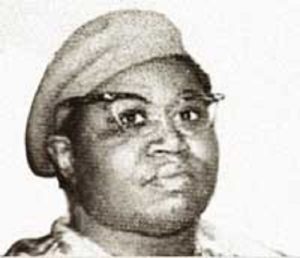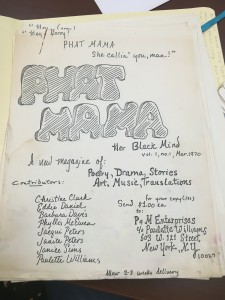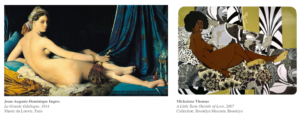
In Recasting Second Wave Feminism, Thompson highlights that stories of “militant anti-racist women” have been excluded from the history of second wave feminism. Thompson argues that second wave feminism excludes the stories of many like those of Assata Shakur, Marilyn Buck, and Angela Davis. It seems as if histories of radicalism are suppressed and re-suppressed. Through my researching work I’ve been looking at radical feminists during the Harlem Renaissance. One woman who stuck out to me is Mae Mallory. She was revolutionary and political prisoner a good 10 years before Angela Davis got on the scene. While she was the first real political prisoner of the civil rights era, sentenced to 20 years in prison for “kidnapping” an elderly white KKK couple, her radical history is rarely listened to. She was a part of the Black NRA, she fought with the Freedom Riders, she worked with Black Nationalists, Malcolm X, Communists, she did what ever she could do to fight for freedom. Mallory didn’t fit into any boxes. She was too radical (didn’t agree with everything MLK had to say). She wasn’t radical enough (didn’t agree with everything the Black Pathers did either). Her wikipedia entry calls her a desegregationist because she fought to put her daughter in a white school, but she didn’t care for integration, she just wanted her daughter to take all the classes she would need to get into college. She didn’t act like how we expect women, Black, or heterosexual people to act. What’s more, she doesn’t fit into any periodization of 2nd wave feminism that Thompson recommends. So, we forget about her. I leave this article left wondering where we put her life and her work. When we comb through history and give it names and stars, it seems as if we’re doomed to forget radicals that were too radical. What do we do with 3rd wave feminists who fought for justice before the 2nd wave had even begun?




